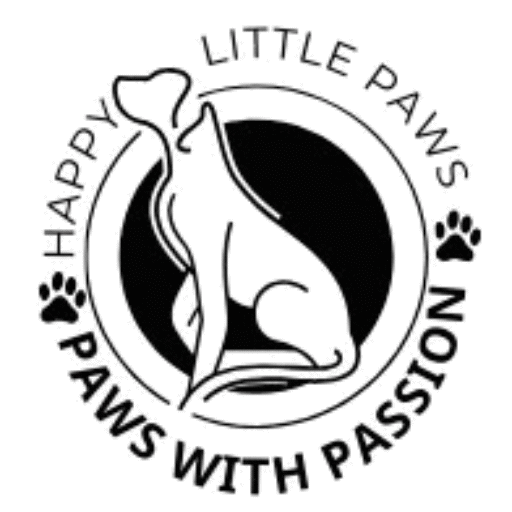Have you ever wondered which horse breed galloped through history the longest? Which equine companions carried emperors, crossed deserts, and withstood the test of time—unchanged, pure, and resilient? If you’re picturing sleek Arabian horses in sun-soaked deserts, you’re not far off.
Why Study the Oldest Horse Breeds?
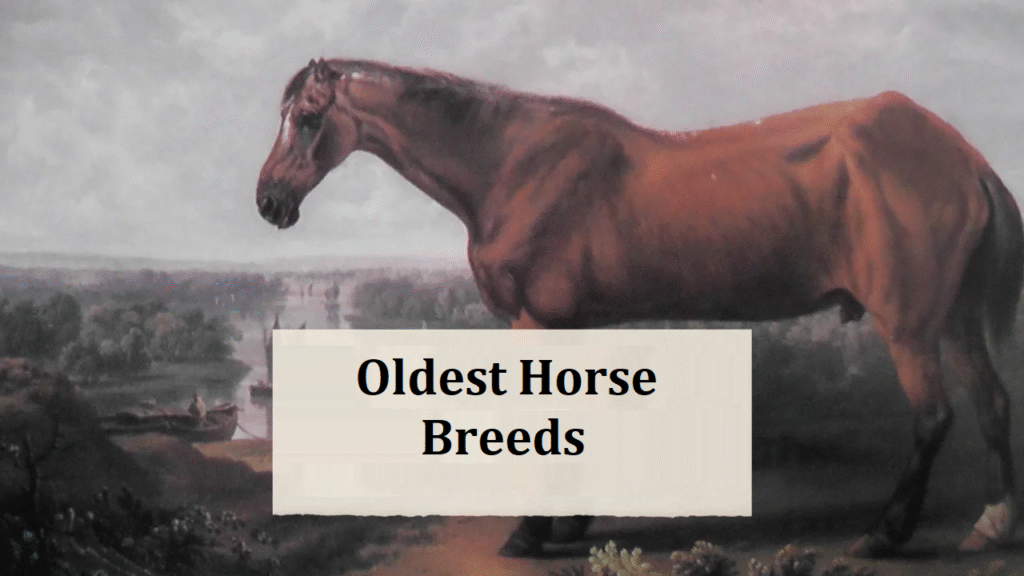
Knowing where these breeds came from connects us with the roots of human civilization. Horses weren’t just animals—they were our allies in wars, agriculture, and trade. Understanding the oldest breeds helps us preserve these living pieces of history.
Defining “Oldest” in Terms of Horse Breeds
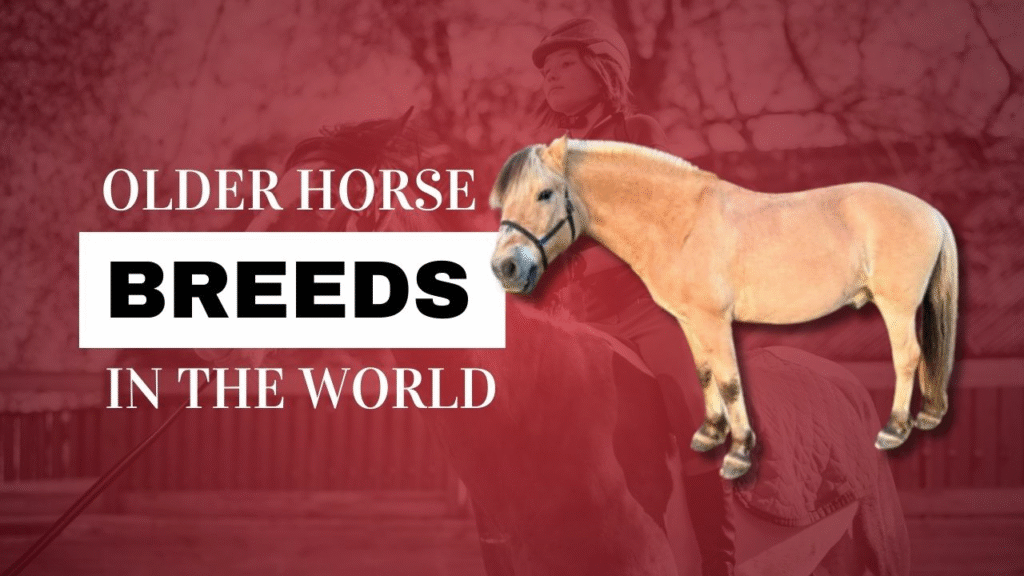
Before we crown a winner, let’s get one thing clear—what does “oldest” really mean?
Age by Genetic Lineage
Some horses carry ancient genetic markers in their DNA. These indicators help scientists trace how far back their bloodline stretches.
Historical Documentation
Written accounts, artwork, and fossils also tell us which horses ran through ancient lands thousands of years ago.
Continuous Pure Breeding
Perhaps the most important aspect: has this breed been preserved without mixing? That’s where “pure breed” comes into play—and why Arabian horses lead the pack.
The Arabian Horse – The Oldest Pure Breed of Horse
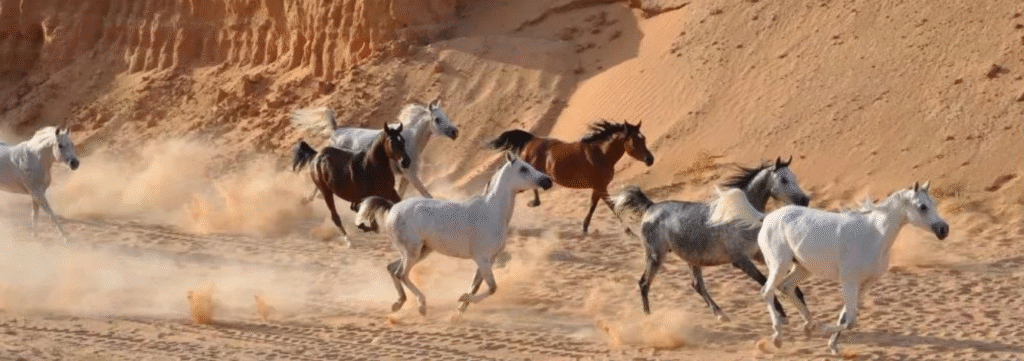
Historical Origins of Arabian Horses
Originating over 4,500 years ago in the harsh deserts of the Arabian Peninsula, the Arabian horse is arguably the oldest pure horse breed in the world. Ancient Bedouin tribes valued these horses like family, often allowing them to sleep inside tents during sandstorms.
Characteristics and Features
You’ll spot an Arabian horse by its distinctive dished face, high tail carriage, and fine bone structure. Beyond beauty, these horses are built for endurance and intelligence.
The Bedouin Influence
The Bedouins were fiercely protective of bloodlines. They kept careful oral records, ensuring that no foreign blood entered the breeding stock. This commitment is why the Arabian remains one of the most genetically pure breeds today.
Modern Presence and Breeding
Arabian horses can be found worldwide, influencing breeds like the Thoroughbred, American Quarter Horse, and even the Andalusian. Yet, the pure Arabians remain genetically distinct—just as they were thousands of years ago.
Other Ancient Horse Breeds Worth Mentioning

While the Arabian holds the title of oldest pure breed, a few others have ancient roots.
Akhal-Teke – The Golden Horse of Turkmenistan
Dating back over 3,000 years, this metallic-coated breed is famed for its speed, stamina, and resilience in arid climates. It’s sometimes mistaken for a myth due to its dazzling gold sheen.
Caspian Horse – The Forgotten Ancient Miniature
Small but mighty, the Caspian horse traces back to 3,000 BC Persia. Once thought extinct, it was rediscovered in Iran during the 1960s.
Exmoor Pony – Britain’s Primitive Equine
This rugged pony is native to the British Isles and may trace back to Ice Age equines. Its dun coloring and stocky build make it a true relic of primitive horse stock.
Mongolian Horse – The Steed of Genghis Khan
Known for helping Genghis Khan build one of the largest empires in history, these small but tough horses are crucial to Mongolian culture—and largely unchanged from their ancient ancestors.
Oldest Horse Breed in the World According to DNA

Scientific Studies on Equine DNA
Recent genome research backs up what Bedouin stories already told us—Arabian horses have one of the oldest unbroken maternal bloodlines in horse history.
Mitochondrial DNA vs. Historical Lineage
Scientists use mitochondrial DNA (passed from mother to offspring) to trace maternal ancestry. Arabian horses show the least variation, a hallmark of unbroken breeding purity.
Arabian Horse vs. Other Ancient Breeds
What Makes Arabian the Oldest Pure Breed?
While other breeds may be older in mixed form, Arabians hold the crown as the longest continually pure breed—preserved deliberately and meticulously.
Comparing Lifespan and Endurance
Arabians are famous for their longevity, often living into their 30s. Their unmatched stamina makes them champions of endurance racing.
Cultural and Religious Significance
Arabians are revered in Islamic tradition. Prophet Muhammad is said to have cherished the breed, adding spiritual weight to its historical value.
Role of Ancient Horse Breeds in Human History
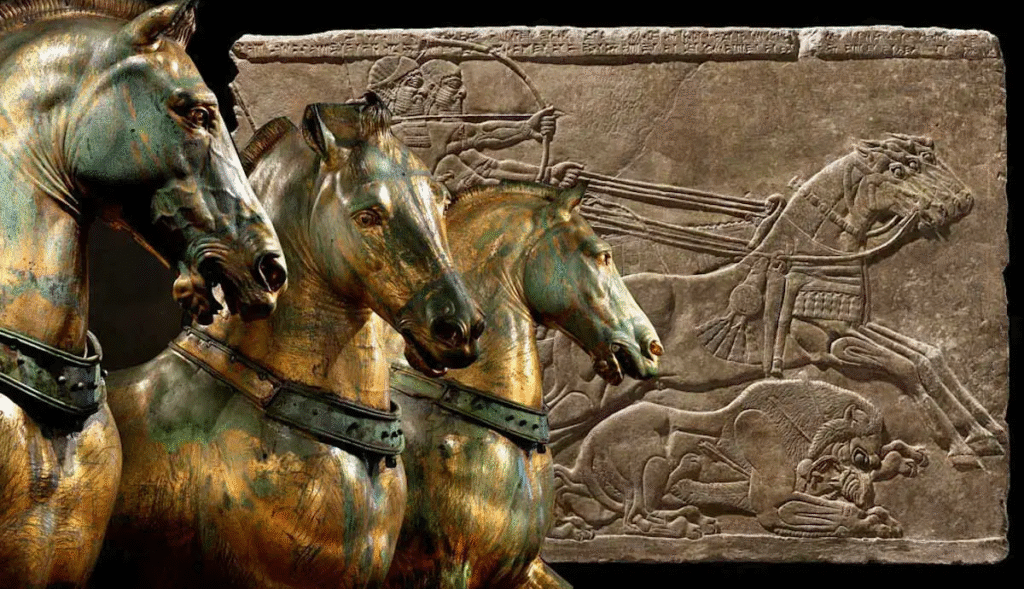
War, Trade, and Exploration
From the deserts of Arabia to the icy Mongolian steppe, these horses powered conquests, connected cultures, and expanded empires.
Transportation and Agriculture
Before cars and trains, there were hooves. These ancient breeds were critical to plowing fields and carrying goods across vast terrains.
Preservation of Ancient Breeds Today
Threats to Ancient Breeds
Modern crossbreeding, habitat loss, and disinterest in heritage breeding threaten these equine time capsules.
Conservation and Breeding Programs
Organizations worldwide now catalog genetic material and promote breeding standards to keep these lines alive for future generations.
Misconceptions About Horse Breed Age

Hybrid Breeds vs. Pure Breeds
Just because a breed is old doesn’t mean it’s pure. Many modern horses are hybrids of ancient lines, but only a few—like the Arabian—remained untouched.
Folklore and Myths
Some claim ancient warriors rode certain breeds that didn’t exist back then. Always check the DNA and documentation before jumping to conclusions.
Conclusion
So, what is the oldest breed of horse in the world? The title goes to the Arabian horse—a stunning, loyal, and enduring breed with a history as rich as any royal bloodline. Whether you’re marveling at their speed, their spirit, or their sacred significance, Arabian horses stand tall (and proud) at the very heart of equine history.
FAQs
What is considered the oldest horse breed still alive today?
The Arabian horse is widely considered the oldest surviving pure breed in existence, dating back over 4,500 years.
Are Arabian horses really the purest breed?
Yes. Their bloodline has remained largely unchanged due to strict breeding practices by the Bedouins of the Arabian Peninsula.
How old is the Arabian horse breed?
Historically traced back to around 2,500 BCE, making the breed approximately 4,500 years old.
What breed did knights use in medieval times?
Knights often used large, strong breeds like the Destrier, which was a type rather than a breed, often derived from the Friesian or Andalusian.
What’s the difference between ancient and primitive breeds?
Ancient breeds are historically documented over millennia, while primitive breeds resemble ancestral horses but may have evolved separately without modern refinement.

